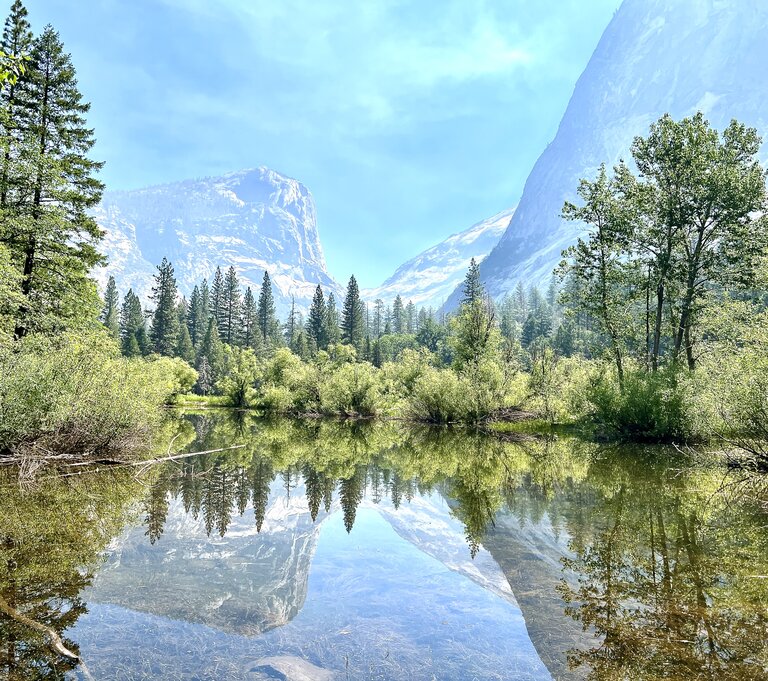
Is reading part of the writing process? I wouldn’t write if not for my lifelong love of books and reading. I have more than a dozen books on writing, from the technical to the philosophical and countless works of fiction. But how useful is reading?
Consensus is writers must read. Stephen King, in On Writing, wrote at length about how critical reading is for a writer.
“I don’t read in order to study the craft; I read because I like to read… Yet there is a learning process going on. Every book you pick up has its own lesson or lessons, and quite often the bad books have more to teach than the good ones.” (On Writing, p 145)
Neil Gamain, in his Masterclass, said to write genre fiction, you must be intimate with said fiction (to understand, deliver and/or subvert expectations).
The flip side is time spent reading is not time spent writing. You know, actually doing the work. But it seems like progress. I can read a book on the craft, the technical aspects of constructing stories, author’s biographies… and it feels like I’m learning. I can picture taking the advice and turning out better work. Same with great fiction. Reading exceptional writing allows me to analyze the story and the writing style, sparking fantasies of doing the same.
I’ve noticed this same behavior with people trying to start a workout habit. Buying new sneakers and other workout gear, watching a video about nutrition, signing up for a gym membership all feel productive. But it’s not doing the work. And, sadly for me, neither is reading about writing. In triathlon, there’s an idea called the law of specificity… sure, cross training is great and helpful. If you want to swim better, you need to swim more. Probably a lot more. I feel the same about writing.
Of course, there is a place for books on writing and consuming literature. It’s useful, necessary, and spending time with art is worthwhile. There must be a balance, however. And the balance must favor the work.









